|
Here at Children on the Edge we have the privilege of working with local community groups. This year we were fortunate enough to be supported by the Trefoil Guild (Chichester) as one of their chosen charities.The Trefoil Guild is an organisation of over 20,000 members with the aim of offering support to Guides and Scouts in the UK and becoming actively involved with their community.
The Trefoil Guild chose to help Children on the Edge as they were keen to support a local charity. Many members admired Anita Roddick’s desire to help vulnerable children and felt a personal connection with Anita having lived in West Sussex. Throughout the year the Guild dedicated themselves to fundraising for our work. Several members organised collections at weekly meetings and various events to raise as much as possible. Margaret Grigson, who lead all the fundraising, was so inspired by COTE’s work she signed up to become a regular donor. “I often think of underprivileged children in desperate need of help around the world and felt Children on the Edge was making a valuable difference.” We would like to say a big thank you to The Trefoil Guild, for not only fundraising for us but enthusiasm and passion for Children on the Edge through out the year. Your support is invaluable in supporting forgotten children across the world. If your community group is interested in fundraising for us we’d love to hear from you! Just e-mail Serena Chana or call her at the office on 01243 538530. This month we invited 15 trained volunteers from Dentaid to come to Soweto to provide a two day clinic for the community. The need for decent dental work had been mentioned by the town clerk at our last play scheme, so a plan was put in place. The clinic was based out of The Child Friendly Space. In the outside space each child’s teeth were assessed and fluoride was applied to strengthen and protect them. If they needed further treatment they would make their way inside the building which was set up with all the necessary equipment (much of which was donated by Dentaid to facilitate help within the community for the longer term). The check-ups revealed that 75% of children had at least one of their canine teeth removed. This is a common practice by witch doctors, many of whom believe that the removal of a canine tooth will ease teething symptoms in young children. The belief is that the canine teeth of children under 5 years old are ‘false’ or ‘Ebiino’ teeth which cause disease. They are often removed using painful and unhygienic methods leaving damage and long term problems. Children with damage were given treatment and the community have now set up a programme of workshops, raising awareness about the dangers of ‘Ebiino’ practices. The Dentaid team included international and Ugandan volunteers and following the initial two days of the main clinic, Joseph, a local volunteer stayed on for two days to work alongside Soweto’s local dentist, Nicholas. The donated equipment, including a new dentists chair has helped him set up and operate a regular clinic that reaches the whole community, including those living in the slums. During the week a local wood workshop, linked with the vocational programmes of our local partners ADSN, crafted large toothbrush holders, to store new toothbrushes which were bought for all the children at the Centre. The idea is that they are kept at the schools so that the children can learn brushing techniques all together, making the learning experience more fun (and keeping the toothbrushes from being lost!). Ben Wilkes who was hosting the Dentaid team over this time said ‘It was brilliant to see the community identify a need, and be able to meet it so quickly, The Dentaid team were professional and worked brilliantly with the children. We were able to open the clinics up to the wider community, and do workshops in the local school, so it really was a community wide event’. Donate to the work in Uganda Find out more about the project 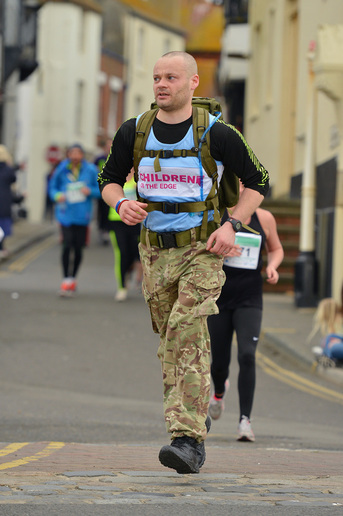 For those of you who’ve not heard the original story, James Chinnock has taken on the challenge of ‘tabbing’ five events for Children on the Edge this year. TAB stands for ‘Tactical Advance to Battle’ and means that the runner has to complete the course in heavy boots, wearing army trousers and carrying a back pack weighing 35lb.The Hastings Half is the first of these events that James is taking on in this get up, with the last one being this year’s Chichester Half. So.. without further ado, here’s James’ Hastings post race report: With 1 of 5 events now done and dusted I can report that pretty much every part of me aches, inside and out. Event: Hastings half marathon Conditions: Chilly and cloudy but dry – perfect! Course: Hilly, very hilly! Injuries: 4 badly bruised toes Weight Carried: 35lbs T’was a cold and soggy morning on Sunday 22nd March… when I woke up to start thinking of elaborate yet acceptable excuses not to stumble 13 miles around Hastings with the weight of my 6 year old on my back (although including hair she is possibly twice that weight). However, having failed to come up with any reason not to do it (or at least none that anyone would believe), I donned my army surplus combat boots and trousers, and headed off into the crowds of spandex-clad athletic-looking types… dressed as a middle aged extra from an Andy McNab novel. I lined up at the start with Tom and Jerry, a Rhino and Spider Man (who all beat me but we won’t mention that – now I see why the Paras turned me down!), however, as the event unfolded I found myself running along most of the way with a group of girls dressed as Belly Dancers…..it’s not my fault! It’s just the random nature of sports! It just happened. The first half of the course itself was shockingly hilly. As far as my tired legs were concerned by the 5th mile of uphill trudging, I might have entered an ultra-marathon in the Andes. As such I was forced to walk (sorry…stride purposefully) up the steep bits, and jog till I thought I would ‘be ill’ on the flat and downhill bits. There is a road called Queensway… I guess its best described as a longer-yet-paved version of Chichester’s famed Trundle. I won’t drone on about every step, but essentially: I didn’t suffer any “chaffing related injuries” (to put it politely) I can however report 4 badly bruised toes (I think that was caused by running downhill in boots with the weight). All in all I am just very tired and hungry, I don’t think any long term damage….the ankle pain I started with seems to be in the same state as before so fingers crossed that was just from running with weight in trainers not boots. The crowds were amazing though, it’s a big event of approx. 5000 people with the whole centre of the town closed off so tons of people cheering you on. Should they spot this write up I would like to thank the girl from the Reme who was running for help For Heroes, oh…and the Belly Dancers. …and so home for a well-earned bottle of Hobgoblin….I mean erm….Lucozade obviously. If you'd like to sponsor James in this epic 2015 challenge just go to his Justgiving page or text TABB95 and the amount you would like to donate to 70070. If you’d like to sign up for the Chichester Half yourself.. (wearing normal running gear we assume) then sign up here. 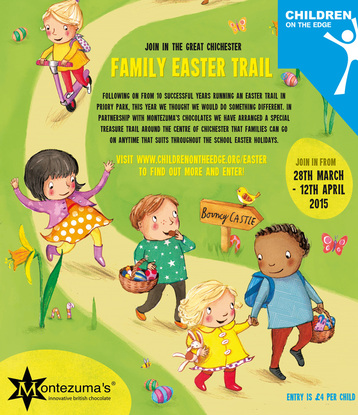 Brand new for this year, over the Easter holidays, families have the chance to explore Chichester City Centre and enjoy Montezuma’s Chocolate at the end! Following on from 10 successful years running an Easter Trail in Priory Park, this year Children on the Edge are introducing something with a difference. In partnership with Montezuma’s Chocolates they have arranged a special treasure trail around the centre of Chichester that families can go on anytime that suits throughout the school Easter break. The trail starts in Eastgate square and winds its way around Chichester town centre ending at Montezuma’s Chocolate shop where every participant will receive a bag of chocolate goodies! Families can use the clues to make their way around the route, tackling quiz questions and challenges along the way. The idea is that treasure seekers can take it at a leisurely pace or challenge themselves to a whistle-stop tour. The route is approximately a mile long and children may well discover some delights of Chichester that they’ve never seen before. All profits go to the work of Children on the Edge, helping some of the most vulnerable children around the world. Entry is £4 per child and on sign up all entrants will receive an email containing the Trail Information sheet and one code per entrant. The trail can be completed anytime between Saturday 28 March and Sunday 12 April. On completing your trail, treasure seekers simply present their codes to staff in the Montezuma's store, East Street, to receive their chocolate! Montezuma’s will also be running their usual ‘Design an egg’ competition, where the winning design will be made into a real chocolate egg. Entry forms have gone out to local schools and are also available at the Montezuma’s Store, at Children on the Edge office and from the Children on the Edge website. If you have any questions, please contact us on 01243 538530 or e-mail [email protected]. When we were first asked to become involved in Soweto slum on the outskirts of Jinja, the conditions in this small area were appalling. 4000 people live in the slum, predominantly displaced from past conflict in Northern Uganda.
As a consequence of AIDS, many households here are child or grandparent-headed, resulting in the neglect and vulnerability of children. Child malnutrition, trafficking and child sacrifice was a common occurrence. The main industry was illegal and unlicensed alcohol production, a dangerous and unprofitable process, producing black toxic sludge that ran through the slums where children wandered. Bringing change Together with ADSN we implemented three stages of change, encouraging community ownership and child participation along the way. Stage 1 - The building of a Community Child Protection Committee 10 adults were selected and given training in child protection. In turn they began working with local people and training them about child safety, rights, parenting, health and hygiene began to create a safer, cleaner environment for children. There has been noticeable change in the attitude of the parents with many of them becoming more responsible and taking issues concerning their children seriously. In parents meetings they make suggestions on how to improve the Centre and actively participate in decision making. Children are encouraged to participate in the direction and evaluation of the programme. Near the start they were asked to map the area using twigs, flowers and leaves, showing places that were safe and happy and those that were dangerous. Through this process, ‘Film halls’ where children were lured in and abused have been identified and closed. An area by the train tracks was also identified as a place where children were prone to abduction for trafficking and child sacrifice. Through awareness training for children and the simple addition of bicycles (to ride to the police station) and loudspeakers (to alert families to strangers in the area and of missing children), the incidents of child sacrifice began to lessen in the first few years. Now the practice in Soweto has been completely eradicated in the last 18 months. The area is cleaner, with ditches built to create proper drainage, running water installed and rubbish being burned or buried rather than left to fester. Stage 2 - The establishment of a Child and Community Centre With a donated building, this Centre was created to provide early years education and nutrition for the most vulnerable children in Soweto. They are now kept safe through the day and have a chance to play, learn and enjoy being children. They enjoy annual play schemes and over the years the Centre has been transformed from a drab and dusty building to colourful, fun hive of activity, surrounded by a green grassed area full of play equipment. Stage 3 - Agriculture and sustainability From the very beginning the aim was to create something sustainable. An agricultural component to the programme resourced the Centre with nutritious and fresh vegetables, reducing the ongoing costs. As time went by it became apparent that carbs were the costly part of the food budget, so beans and maize were planted and are now providing a good, regular crop for the Centre. Nutrition experts from the local hospital give regular advice about the best varieties of food to grow for healthy diets. The agricultural component also provides the most vulnerable households with new skills, in order to grow food for their families and sell vegetables instead of earning money brewing alcohol. Bit by bit the breweries began to close down, our Director, Rachel Bentley describes how ‘On my first visit there were around 50 breweries throughout Soweto, last week I visited and there is only one left’. In addition to this, small business start ups were put into action for women, resourcing them to start their own enterprises. Some of the most vulnerable women were put in charge of the water standpipes, so they could make a small amount serving people with water. Some have pooled their start up money and set up a pottery business. In the longer term the aim is that the increase in income will enable parents to be able to pay for the costs of sending their children to primary school, once they have graduated from the Centre. Now these this work is up and running well, local people can see the change and word is spreading through neighbouring communities. Consequently we are looking to start the process again in these new areas, enabling new communities to create their own change for themselves and their children. Related stories: 2015 Playscheme reflects a transformed community Something to smile about - Dental provision in Soweto, Uganda Encouraging small business start ups for women in Uganda Find out more about our project in Uganda Donate to our work Along with the hashtag #MakeItHappen, the phrase ‘Empowering Women, Empowering Humanity: Picture it!' is the 2015 theme for International Women’s Day, celebrated globally on 8 March each year. 2015 will highlight the Beijing Declaration and Platform for Action, signed by 189 governments 20 years ago, which has set the agenda for realising women’s rights. The platform envisions a world where each woman and girl can exercise her choices, such as participating in politics, getting an education, having an income, and living in societies free from violence and discrimination. UN Secretary-General Ban Ki-moon says "To be truly transformative, the post-2015 development agenda must prioritise gender equality and women’s empowerment. The world will never realise 100 per cent of its goals if 50 per cent of its people cannot realise their full potential." Children on the Edge is a rights based organisation. We believe in doing everything we can to release the potential of each girl we work with, and as children benefit most from the stability of their parents, our work naturally extends to empowering women in the wider community as well. As the theme of this year describes, we invite you to ‘Picture it’ by reading some examples about how our current work is making small steps towards gender equality.
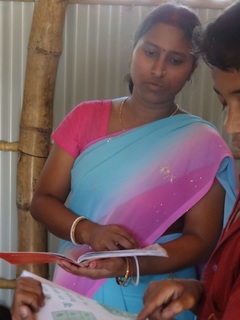 ‘I am respected now’ Anika is one of the teachers from the Community Schools we support in Bangladesh for working children. She explained that as result of working on our projects for the last few years, she is increasingly independent, and doesn’t have to depend entirely on her husband anymore. Before this time she had no decision or say in how their money was spent and her opinion had no value in the family. Now, she takes part in all family decisions about preparing festivals, how to spend money, family issues etc. The family now actively seek her opinion on various issues. She lives in a rented house, and has always dreamt that one day she will be able to have her own land and house. Having this job has made her feel confident in the future and the fact that she now has a chance of fulfilling that dream. We are a children’s NGO, but within this, one of our main priorities at Children on the Edge is to value individuals; this goes for everyone involved in what we do as well as each child. We’re glad to be able to empower these young women as part of our work, and grateful to have teachers that bring such joy to the lives of the children they work with. This article is written as part of the marking of the 2015 International Women's Day. This year's theme, “Empowering Women - Empowering Humanity: Picture It!" envisions a world where each woman and girl can exercise her choices, such as participating in politics, getting an education, having an income, and living in societies free from violence and discrimination. Read about the project Donate to our work ‘Picture it’ for International Women's Day 2015: Preventing Child marriage - a mother’s perspective6/3/2015
‘This is not what we want for our daughters’
This was the feedback we received in our recent research, talking to a focus group of mothers we work with in Bangladesh about child marriage. They said ‘Single girls as young as 11 have to endure sexual advances, harassment, rape and kidnap. They are safe from this if they are married. In our country girls cannot earn, only boys can earn so girls have to marry. Girls just have to produce children’. Western Bangladesh has the worst rate of child marriage, but in the eastern Chittagong region where we work, the child marriage rate is still 58 percent, with our local partner MUKTI reporting that the rate in Cox’s Bazar where the Community Schools are located, is 67 percent. Together with MUKTI, Children on the Edge Community Schools work to address this situation. By providing free and flexible education to girls who would otherwise have no opportunity, the schools provide the opportunity to progress to mainstream primary school, and through to higher education, instead of being married off. The staff on the programme also work on children’s rights, focus on enrolling girls and on encouraging parents on the importance of education versus the ills of child marriage. This has had a great effect on the mothers who now describe how ‘We know everything. We know what this means. We know that girls are too young for pregnancy and childbirth and it hurts them, we know they are not ready for family, we would want a different life for them’. The group of mothers we are talking too were all married young, One lady is unmarried, the rest of us were married at 13,17,14,13 and 16 years of age. They say ‘this is also why we know it is not right’. Much progress has been made in Cox’s Bazar, but there is a huge amount to be done to build on these steps. We are currently fundraising in order to support more initiatives to ease the transition to primary school for children in slum communities. Despite being academically prepared when they leave the community schools, parents still struggle to pay for uniforms and transport. We are also working through a Child Committee to make girls aware of their rights, and give them the confidence that they are entitled to an education and a voice. This article is written as part of the marking of the 2015 International Women's Day. This year's theme, “Empowering Women - Empowering Humanity: Picture It!" envisions a world where each woman and girl can exercise her choices, such as participating in politics, getting an education, having an income, and living in societies free from violence and discrimination. Read about the project Donate to our work ‘Picture it’ for International Women's Day 2015 - Changing the future for girls in Bangladesh6/3/2015
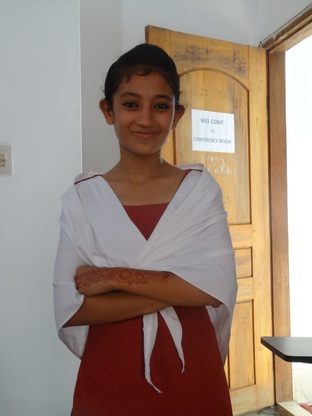 ‘I want to be a doctor, that would change everything for me and my family’ - Maisa Maisa is 12 years old and lives in a slum in southern Bangladesh. Her father has died and her mother is sick with a heart problem so Maisa has to earn more money. Consequently she is working on the beach as tour guide, then in the evening she is responsible for her four sisters. She grows a vegetable garden, and cooks for the whole family. She cannot attend school as without her the family will have no income. Not very conducive to training to be a doctor. Children on the Edge together with our partner MUKTI, support nine Community Schools specifically set up to help children like Maisa who work the Cox’s Bazar beach area. Here she can receive a nutritious meal, attend lessons, freshen up with a wash and have the chance to play and rest with her friends. As class time is just a few hours in teh afternoon, Maisa is still free to earn for her family. She does her homework in the evenings and she is part of a Child Committee which encourages her to grow in confidence in expressing her opinion on how the programme is run and develop leadership skills. Staff at the Community Schools have a specific focus on increasing recruitment of girls to ensure their access to opportunities and to contribute to breaking of the cycle of child marriage. Staff work alongside children’s families, helping parents and carers to understand the value of education, helping to achieve high attendance rates and long term commitment to and support for their children’s education. Maisa has already learnt to read, loves school and says she is happy that it is changing her fate. This article is written as part of the marking of the 2015 International Women's Day. This year's theme, “Empowering Women - Empowering Humanity: Picture It!" envisions a world where each woman and girl can exercise her choices, such as participating in politics, getting an education, having an income, and living in societies free from violence and discrimination. Read about the project Donate to our work 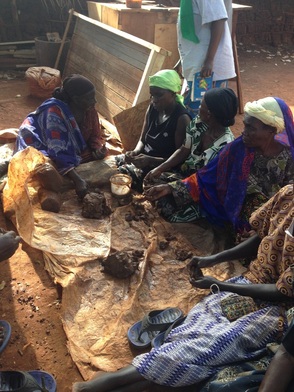 Children on the Edge have been supporting the transformation of a community in Soweto Slum, Jinja, Uganda for over 3 years. The main part of the programme is focussed on child rights and child protection, but sustainability and independence is an overarching aim. Once children have graduated from the Child Friendly Space which provides education and nutrition for ages 3-6, they are fully equipped to attend mainstream primary school. Despite education being ‘free’ in Uganda, the costs of travel, uniform and books is still too high for most families in Soweto. To counter this problem and provide extra income for these vulnerable households, the project has begun providing small business start-up loans to women in the community. Some sell vegetables that they have learned to grow through the agricultural component of the project, some are responsible for the new water standpipes that have been installed, and earn money serving the community this way. 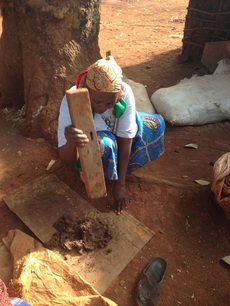 One group of women though, have thought outside the box and pooled their business loans to create a cooperative pottery business. A group of around 10 women meet together every Thursday and work together to purify clay taken from the Nile riverbed. ‘It’s quite a social experience’ says Rachel Bentley, Director at Children on the Edge, ‘all the women are widows, many are grandmother's looking after up to 10 children, so it’s something that provides relationship for them as well as an income. They sit together and talk while they work on the clay, then they take it to a local potter.’ The potter shapes the clay into pots for them and then the cooperative sell them. The next step is for them to get their own potters wheel, so the cost of production is not taken out of their profits. This article is written as part of the marking of the 2015 International Women's Day. This year's theme, “Empowering Women - Empowering Humanity: Picture It!" envisions a world where each woman and girl can exercise her choices, such as participating in politics, getting an education, having an income, and living in societies free from violence and discrimination. Read about the project Donate to our work |
RECEIVE OUR EMAILSBlog Categories
All
Archives
July 2024
|
|
JOIN US ON SOCIAL MEDIA
|
Annual Report | Contact Us | Jobs | Media Centre | Resources | Shop
Accessibility & Policies: Accessibility | Equity, Diversity & Inclusion Policy | Complaints| Privacy Policy | Safeguarding
Accessibility & Policies: Accessibility | Equity, Diversity & Inclusion Policy | Complaints| Privacy Policy | Safeguarding
Children on the Edge, 5 The Victoria, 25 St Pancras, Chichester, West Sussex, PO19 7LT, UK | 01243 538530 | [email protected]


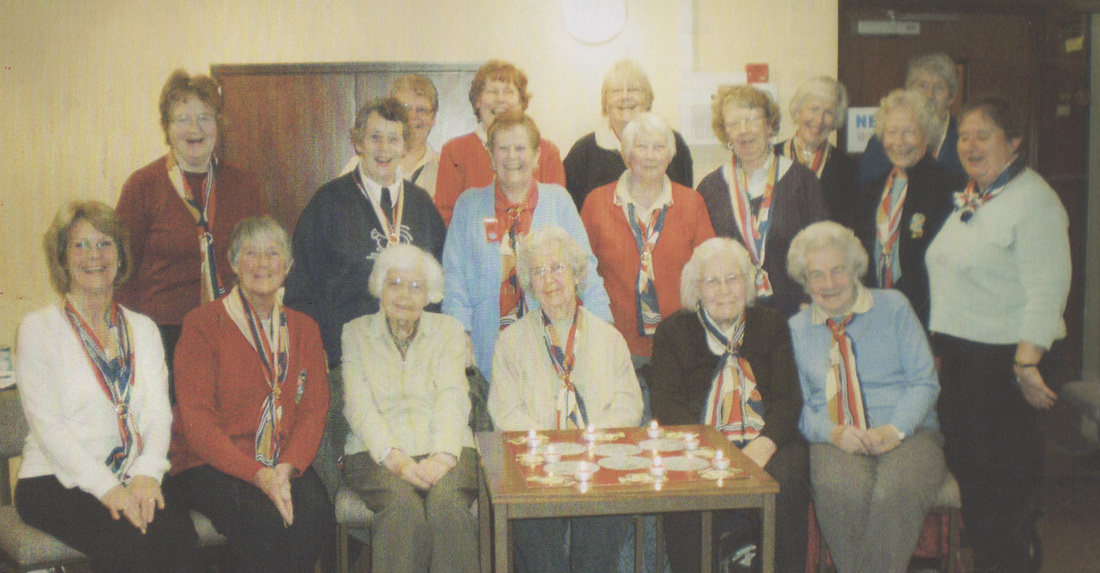
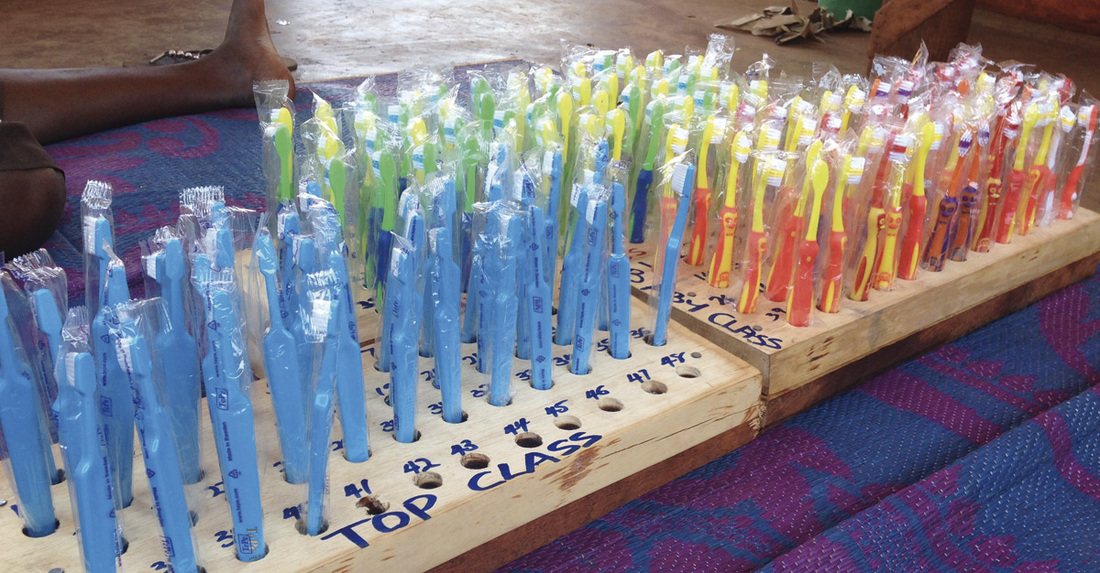
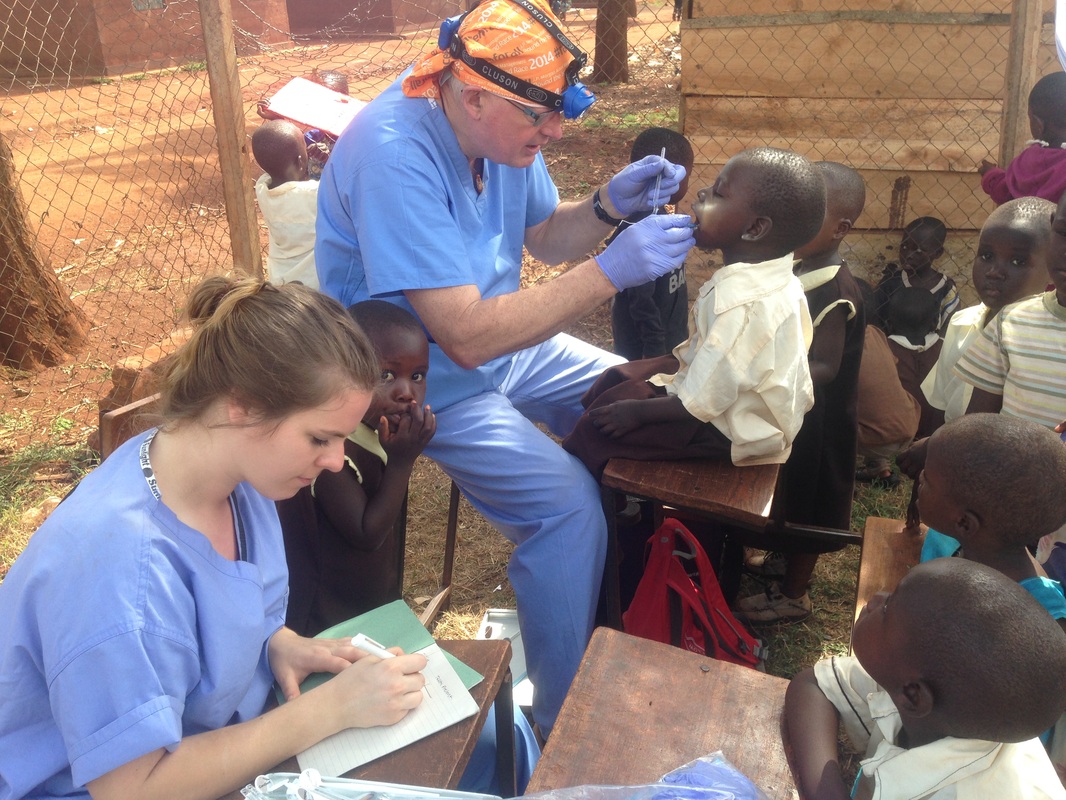
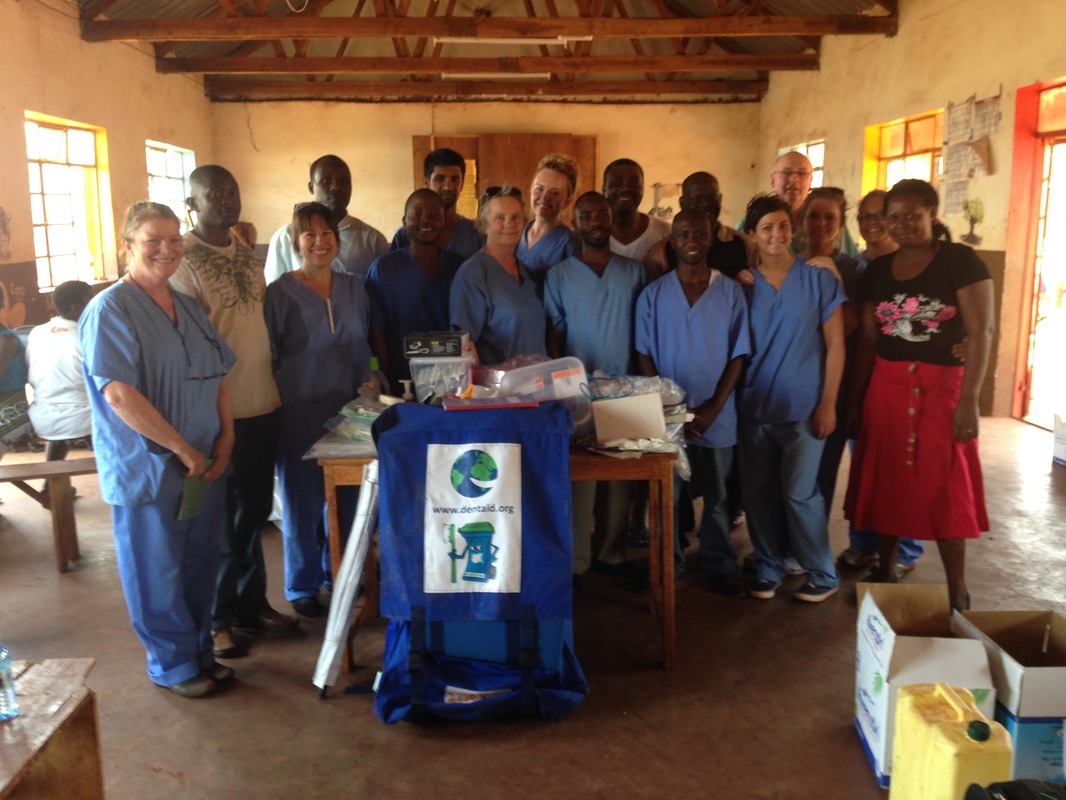
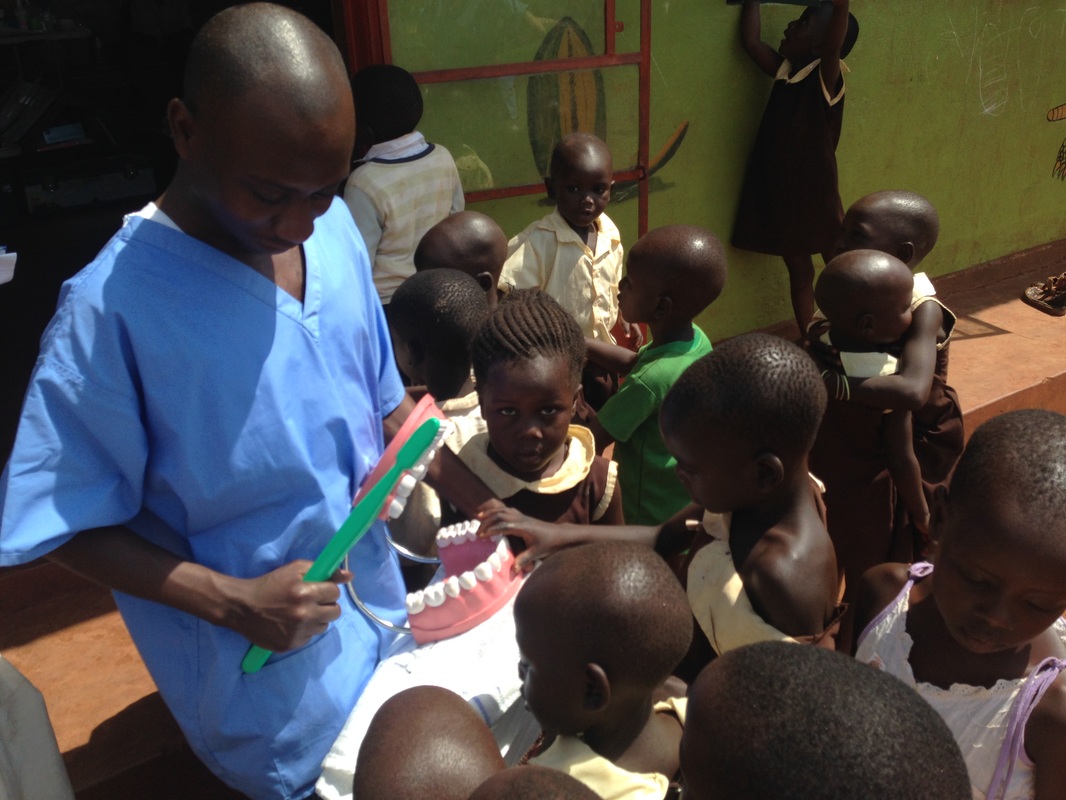
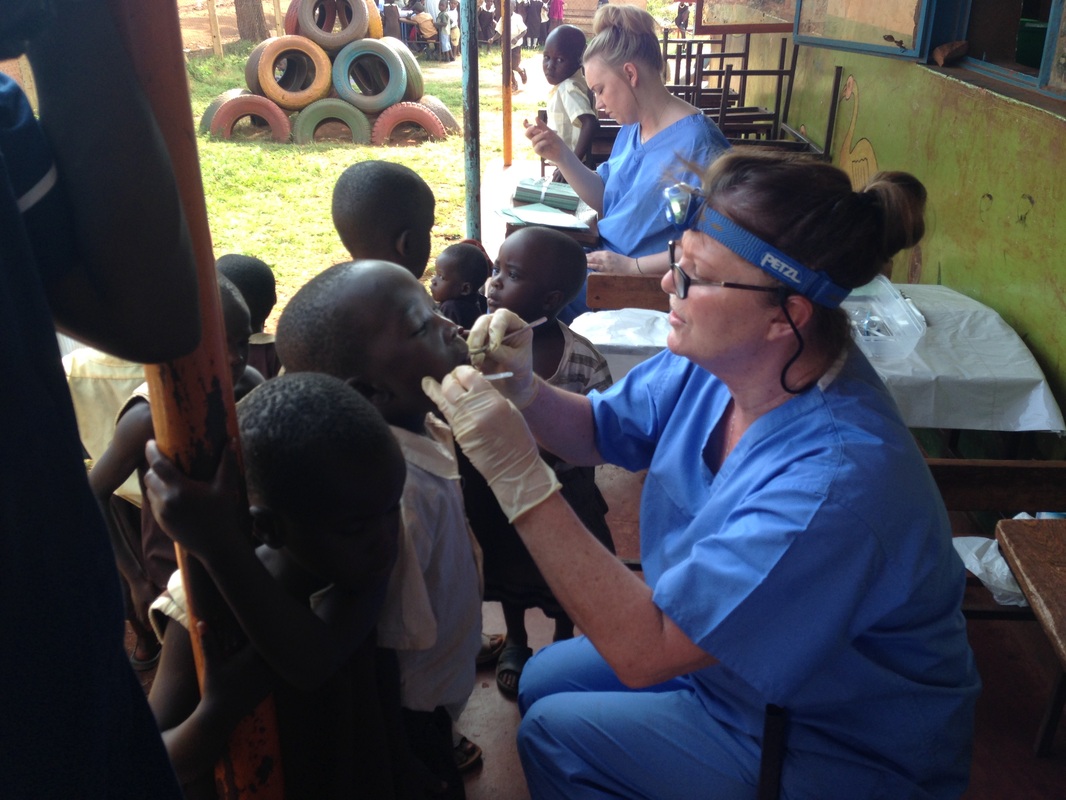
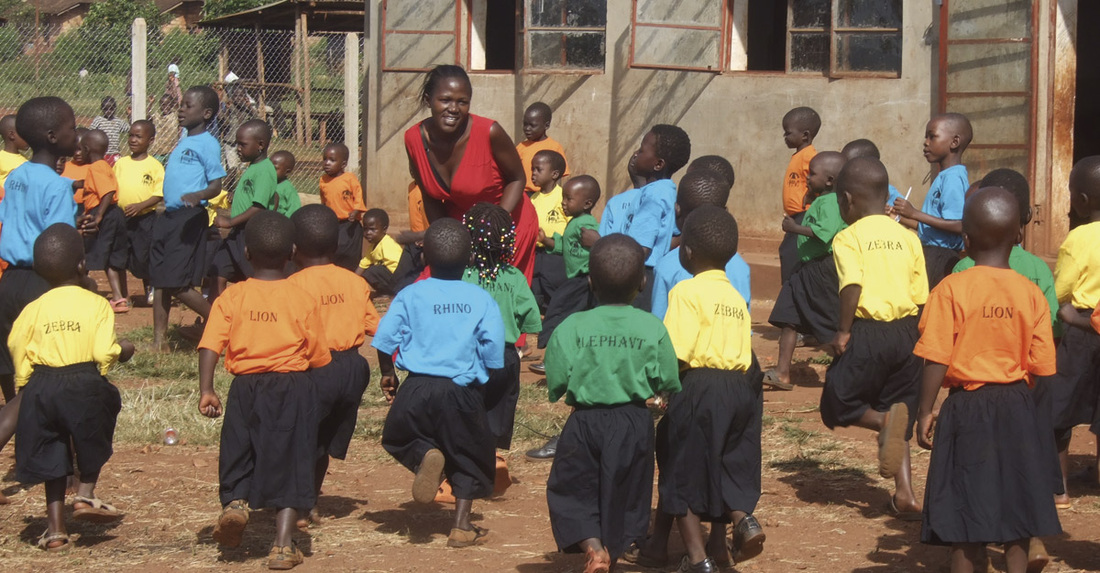
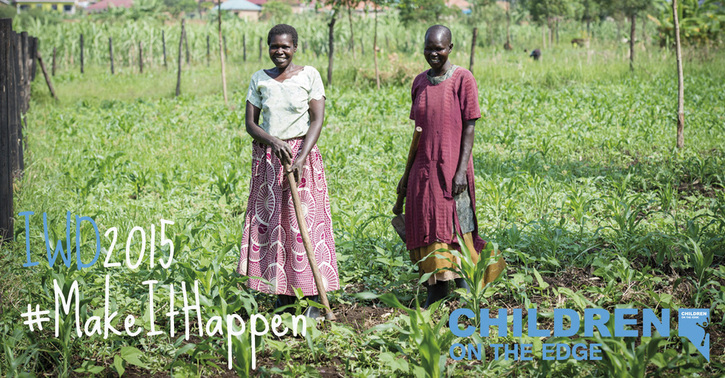
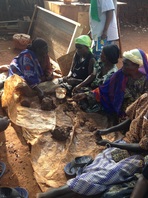
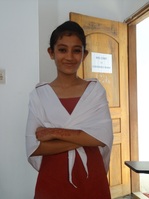
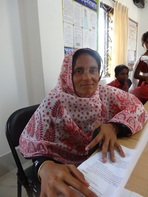
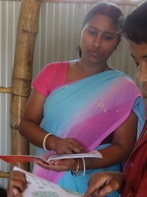
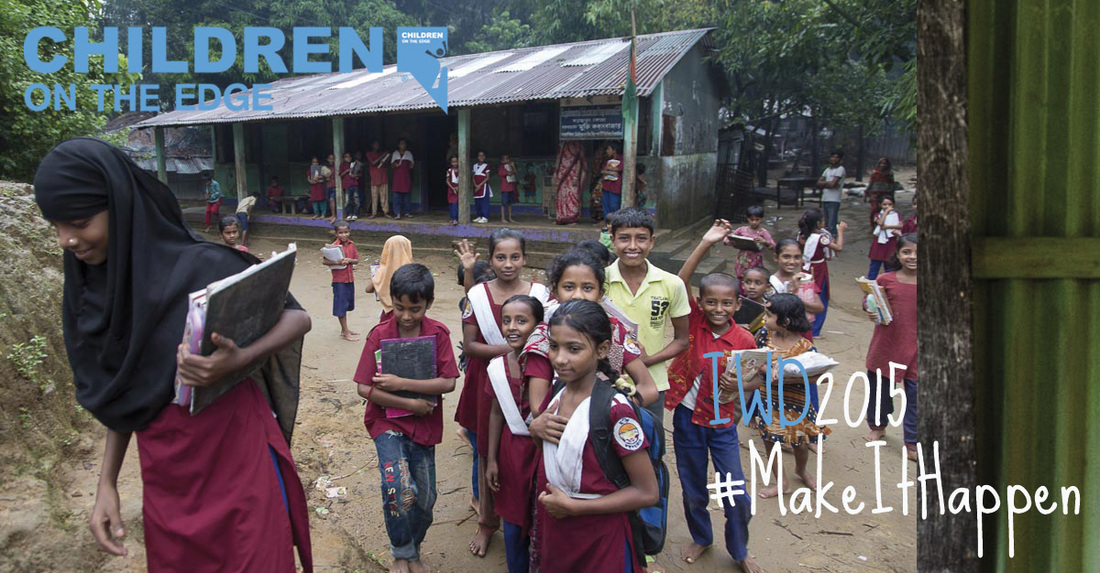
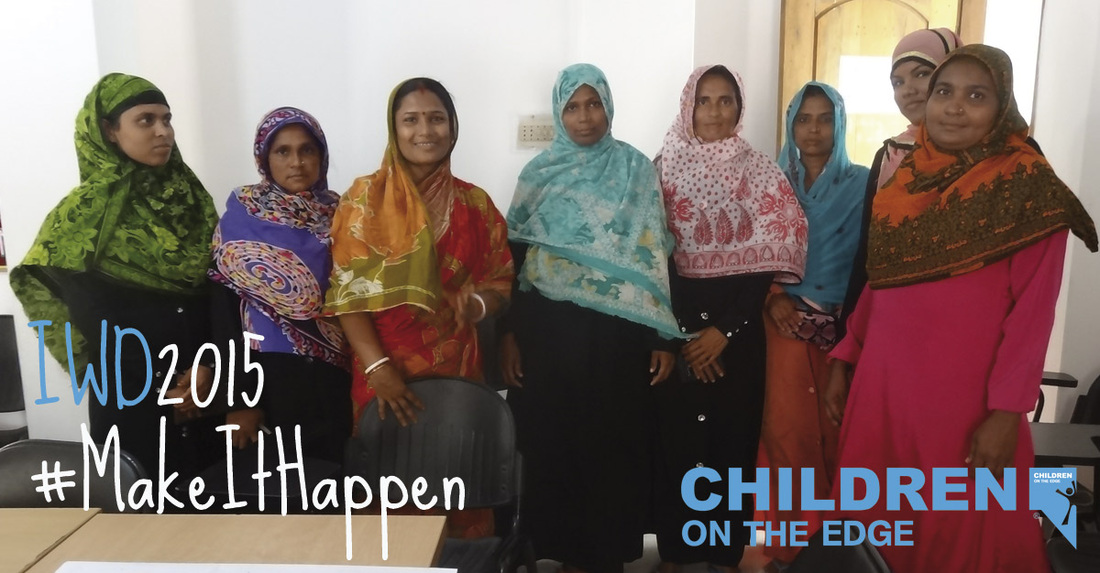
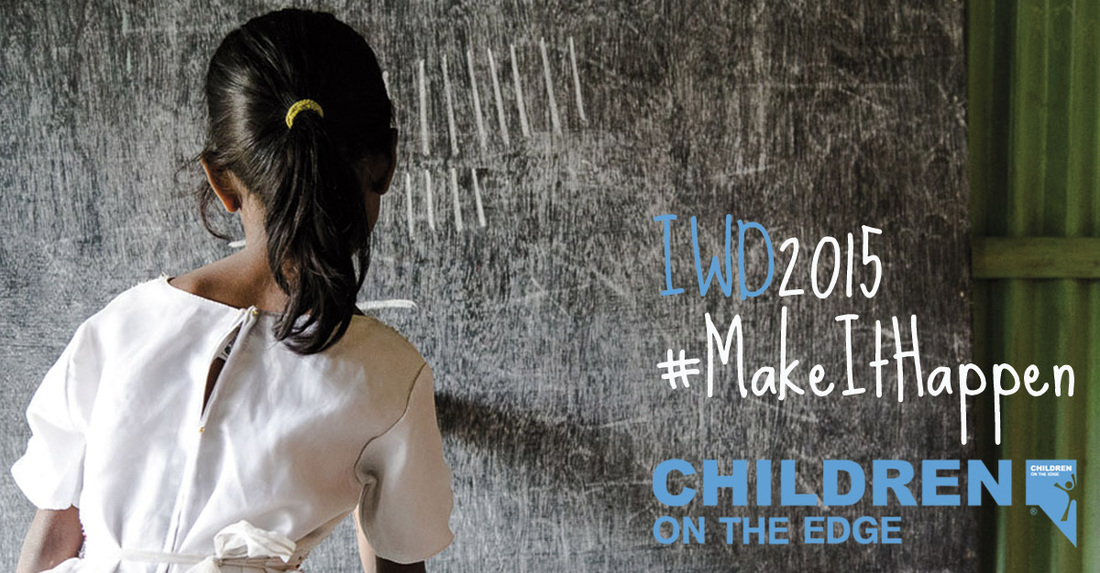
 RSS Feed
RSS Feed
